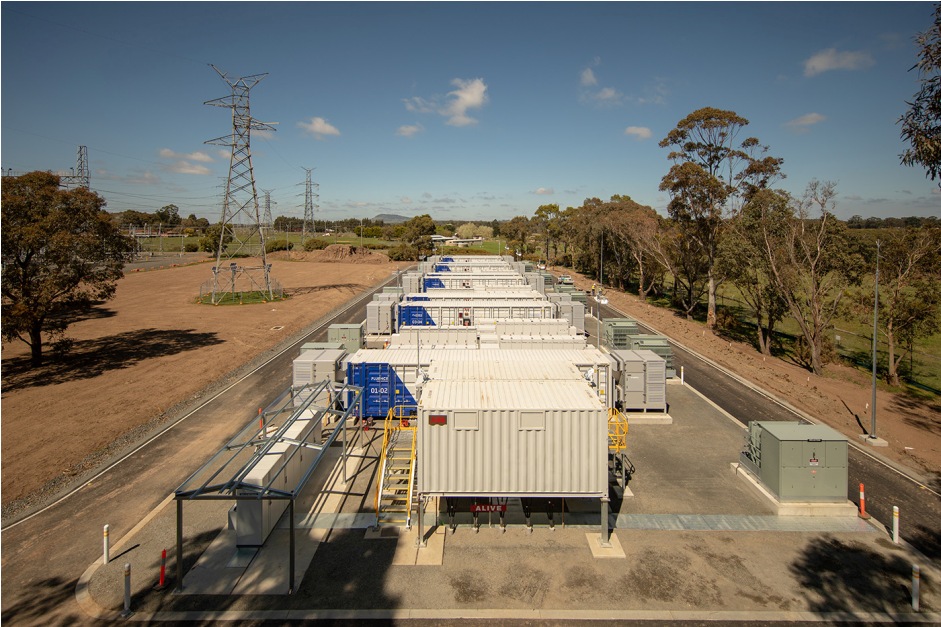Energy storage, a relatively new subject on India’s power T&D landscape, was provided initial momentum with two private power distribution licencees establishing pilot projects. In independent developments, Tata Power and BSES (representing the two discoms managed by Reliance Infra) announced that they had put up energy storage projects in their command areas, on pilot basis.
Tata Power commissioned a 10-mw energy storage at the Rohini substation of Tata Power Delhi Distribution Ltd, using technology provided by Fluence — a joint venture between AES and Siemens. In fact, this storage project is said to be the biggest in South Asia. BSES put up rooftop solar panels at four locations in East Delhi, connected to a battery-based energy storage system.
Battery-based energy storage systems are used extensively in developed countries to help provide grid stability and to provide better peak load management. Some studies have estimated that this industry is likely to witness cumulative investments of $620 billion by 2040, globally. This will tremendously boost prospects of technology providers like Fluence Energy, Panasonic, etc.
India has targeted to have 175 GW of renewable energy capacity by 2022. While this definitely means diminished dependence on fossil fuels, principally coal, it also means that the Indian grid will be exposed to the vulnerability of grid instability. Solar and wind, through very “green” in their approach, are infirm sources of electricity and as such can cause difficulties in grid management and peak load management. Battery-based energy storage systems represent a very versatile resource in the hands of power utilities. When green electricity generation is high, this excess can be “stored” in the batteries. When peak load arises or when there is a power outage, this stored electricity can be fed back into the grid.
India is busy creating power transmission capacity at the national level. However, this should be matched by commensurate capacity creation at the sub-transmission and distribution level. India will soon see the emergence of load centres, which would represent heavy industrial or commercial consumers. At such load centres, battery-based energy storage systems can forestall excessive capital expenditure on augmenting grid capacity. It should be remembered that grids are generally capable of handling average loads. It is only during the time of peak load that grid capacity tends to fall short. What is called as flattening of the peak demand can also be achieved by better demand side management.
The capital costs of battery-based energy storage systems are quite on the higher side. However, increased deployment could push these down, just like it happened in the solar photovoltaic industry. However, microgrids based on solar power plants in conjunction with battery-based energy storage can effectively replace a conventional grid, especially when it comes to rural and agricultural consumers.
The 10-mw battery-based energy storage system of Tata Power is currently a matter of great interest; its ability to manage the peak load in its command area will be keenly observed. In many ways, this project will shape the contours of the energy-storage projects to follow.
The author of this article, Venugopal Pillai, is Editor, T&D India, may be reached on venugopal.pillai@tndindia.com. The views expressed here are personal.

